- May 1
- Drug Addiction Treatment
Education efforts on substance abuse tend to leave out one important class of drugs: hallucinogens. Although humanity has used them for various purposes for thousands of years, the average person understands them poorly, and research is still revealing new and surprising information about them. What do hallucinogens do, and how dangerous are they? This guide will give you the information you need to understand hallucinogens and tripping, as well as the consequences of abusing this class of drug.
What Are Hallucinogens?
Simply put, hallucinogens are drugs that cause the user to have hallucinations. These hallucinations represent an extreme distortion in how the person perceives reality and the stimuli in the world around them. They may see anything from subtle visual and auditory changes to heavily warped representations of their surroundings, and may even visualize things that are not there at all. Hallucinogens also alter emotion and cognition, producing intense emotions from extreme euphoria to debilitating terror depending on a variety of factors.
- What Are the Types of Hallucinogens?
- Schedule I vs. Schedule II Hallucinogens
- What Is Tripping?
- What to Do When Someone Is Having a Bad Trip
- Can You Overdose on Hallucinogens?
- Are Hallucinogens Addictive?
- How Is a Hallucinogen Addiction Treated?
- Choose Gateway Foundation for Hallucinogen Addiction Treatment
What Are the Types of Hallucinogens?
“Hallucinogen” is an umbrella term that covers three separate categories of drug. Each category possesses a certain set of effects that determine how people use them, as well as different levels of relative safety.
 1. Psychedelics
1. Psychedelics
Psychedelics are the most commonly known hallucinogen and are a staple of pop culture. When people wonder what hallucinogens do, they’re usually asking about psychedelics. The origin of the term springs from the Greek words “psyche,” meaning “soul” or “mind,” and “delein,” meaning “to manifest.” This alludes to the idea that psychedelics bring out hidden elements and visions from the recesses of the human mind. Proponents of psychedelics believe they have the power to unlock divine or otherwise spiritually profound experiences. Psychedelics are further classified into two categories: serotonergic psychedelics and serotonin releasers.
Serotonergic Psychedelics
Serotonergic psychedelics are known as the “classic” psychedelics. Their method of action modifies the normal transmission of serotonin within the central nervous system (CNS). Serotonin is responsible for a multitude of functions in the body, including mood balance and sensory perception. It is often referred to as the “happy chemical” due to its influence on feelings of happiness and well-being.
1. LSD
Lysergic acid diethylamide, more commonly known as LSD or acid, is an illegal semi-synthetic drug famous for causing extreme distortion of sensory perception as well as hallucinations. It is partially derived from a fungus called ergot, which grows on certain grains. LSD activates serotonin receptors and stimulates serotonin production. The receptors affected are those that help us perceive and interpret the world, and LSD causes them to filter out less stimuli, leading to overstimulation. This overstimulation produces significant changes in cognition, perception, attention and emotional state.
LSD was originally created in 1938 as a way to treat respiratory depression, and its hallucinogenic properties were discovered through accidental absorption into the skin. During the 1960s, it became popular for recreational use. In 1967, the Drug Enforcement Administration (DEA) classified it as a Schedule I drug, and its popularity has decreased since.
 2. Psilocybin
2. Psilocybin
Psilocybin is a hallucinogen found in certain types of “magic mushrooms.” This Schedule I substance is used recreationally for the euphoria and distortion of the senses it induces. Psilocybin doesn’t always cause the user to have full-fledged hallucinations. Typically, it changes the way people perceive people and objects that are actually present in the environment. The hallucinogenic effects of this substance usually take under 30 minutes to begin after ingestion and may last around four to six hours.
Psilocybin is most commonly brewed into a tea or used in the preparation of a food item, as its flavor is quite bitter and unpleasant. Some psilocybin comes in capsules filled with the powder of dried and crushed mushrooms. Psilocybin has a wide range of potency, which depends on factors including:
- Mushroom species
- Origin and growing conditions
- Period of harvest
- Fresh or dried state
One thing many people don’t realize is that dried mushrooms are significantly more potent than fresh ones. This fact may lead to inexperienced individuals taking too much and having negative experiences.
3. Mescaline and Peyote
Mescaline is the active ingredient found in the fruit and seeds present on the outside of the peyote cactus. When using peyote for its hallucinogenic effects, people gather and dry the fruit or seeds. They can be eaten or brewed into a tea, as well as ground into powder for capsules similar to those made from psilocybin mushrooms. The pure form of mescaline, mescaline sulfate, can be synthesized in a lab environment, resulting in a crystalline white product.
Mescaline produces an altered state of consciousness that many people report as being euphoric and dream-like, which can last for around 10 to 12 hours. Mescaline has been used by many indigenous peoples as a religious sacrament for thousands of years and is one of the oldest psychedelics known. In these cases, the hallucinogenic experience is purposely extended for multiple days.
Serotonin Releasers
The other broad category within psychedelics is serotonin releasers. This class includes “club drugs” such as MDMA. The effects of hallucinogens in this category include:
- Feelings of openness
- Euphoria
- Increased empathy
- Feelings of general love
- Increased self-awareness
- Mild auditory and visual distortions
The mild hallucinogenic effect in combination with the emotional effects of serotonin release are often viewed as enhancements to social and music experiences.
 2. Dissociatives
2. Dissociatives
Dissociative drugs can be very dangerous. They create visual and auditory distortion like psychedelics, but they are also accompanied by the sensation of floating and feeling detached from reality or one’s body. Dissociatives frequently cause:
- Anxiety
- Impaired motor function
- Memory loss
The effects of dissociatives are very unpredictable and some users end up feeling them for days after ingesting the substance.
PCP
Phencyclidine (PCP) or “angel dust” is a street drug sold as a powder to be dissolved in water. It is sometimes dissolved in alcohol, typically with disastrous results. PCP was developed in the 1920s as an anesthetic, and its ability to eliminate pain is one of its more dangerous aspects when used recreationally. It contributes to a sense of invincibility that leads users to take extremely dangerous actions, such as jumping out of windows or walking into traffic.
The effects of PCP often include feelings of euphoria combined with distortions in the perception of light, color, sound and touch as well as time. PCP has many surprising street names, including:
- Embalming fluid
- Hog
- Killer weed
- Love boat
- Ozone
- Peace pill
- Rocket fuel
- Wack
- Super grass
Ketamine
Ketamine, developed in 1962, started out as an anesthetic. However, its hallucinogenic effects precipitated its use as a recreational drug. Ketamine produces a sensation of floating and dissociation, which typically lasts only an hour or less, but other effects that alter the senses, as well as judgment and coordination, can last for up to 24 hours.
If someone takes a large dose of ketamine, they may enter what is known as a “K-hole.” This state occurs when the user is almost completely sedated, and people describe it as having a near-death or out-of-body experience.
 DXM
DXM
Dextromethorphan (DXM), also called “robo,” is one dissociative hallucinogen most people don’t realize is highly accessible to those who want to abuse it. Its cough-suppressing capabilities make it a common ingredient in a variety of “extra strength” over-the-counter cough syrups and cold medications. At low dosages, DXM may create low-grade visual distortions and have a mild stimulant effect. At high doses, it displays the same dissociative effects of hallucinogens like Ketamine and PCP. DXM is especially popular among teens and young adults because it is relatively easy to obtain.
3. Deliriants
Deliriants are the least desirable of hallucinogens for recreational use. Rather than inducing a semi-lucid state like psychedelics do, deliriants cause a state of delirium. People under the influence of deliriants may do things like:
- Have complete conversations with imaginary people.
- Finish a complex task like getting dressed only to find that they never actually started the action.
- Be unable to recognize themselves in a mirror.
These effects tend to evoke feelings of fear and panic rather than the pleasurable experience most people are seeking when they use hallucinogens.
DPH (Benadryl)
The most common deliriant is diphenhydramine (DPH), which is used as an antihistamine in the popular medication Benadryl. When taken outside the recommended dosage, DPH has extreme sedation and deliriant effects. People who take too much Benadryl frequently report having vivid and terrifying hallucinations akin to bad nightmares.
Schedule I vs. Schedule II Hallucinogens
The DEA labels most hallucinogens as controlled substances. Schedule I drugs are those determined to meet the following criteria:
- High potential for abuse.
- No accepted medical use in treatment in the United States.
- Lack of accepted safety for use of the substance even under medical supervision.
Schedule I hallucinogens include psilocybin, LSD and mescaline. Most hallucinogens fall under Schedule I.
Schedule II substances are described in the following terms:
- High potential for abuse
- Currently accepted for use in medical treatment in the United States
- Can lead to severe psychological or physical dependence
PCP is a Schedule II drug.
What Is Tripping?
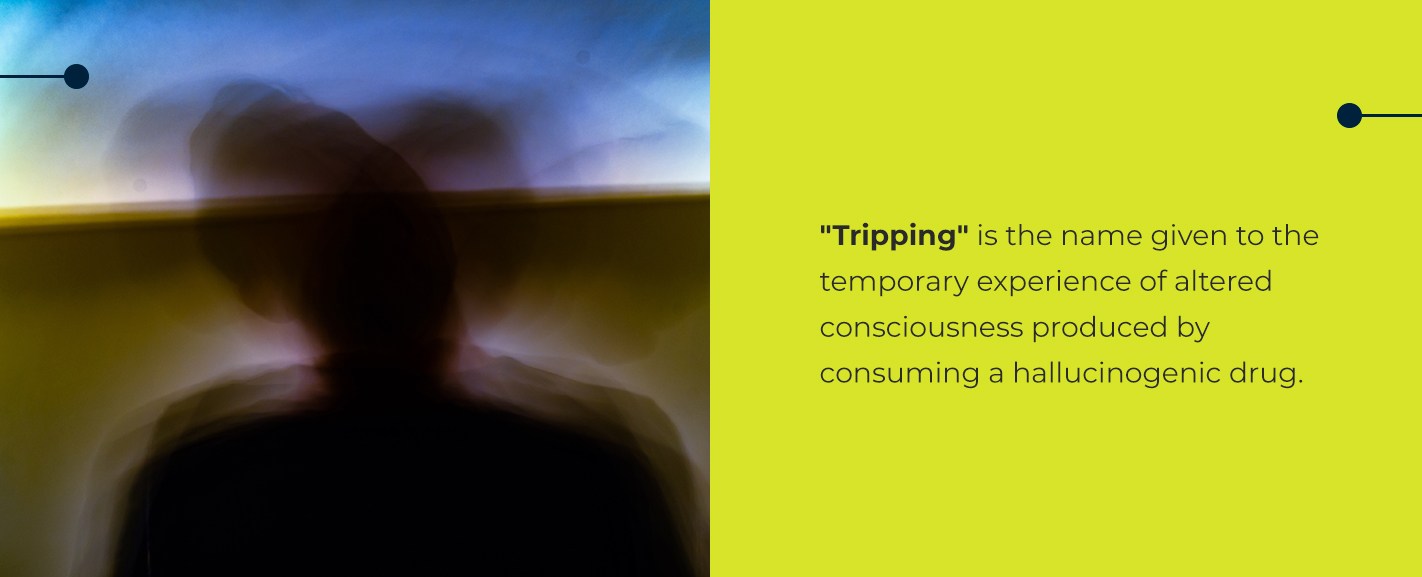
Someone on a trip will experience emotional changes as well, affecting how they feel about themselves, others and the world at large. These changes may be perceived as positive or negative, based on several unpredictable variables.
Good Trips vs. Bad Trips
People take hallucinogens with the intent to have a positive experience. A positive hallucinogenic experience is marked by a pleasant dream-like state, enjoyable perceptual distortions and in some cases spiritual realizations. A person will come out of a good trip feeling fulfilled, whether recreationally or on a deeper level.
Bad trips are comparable to nightmares. In a bad trip, visual and auditory distortions are frightening and may take the shape of monsters or more abstractly frightening entities. A bad trip induces fear and often panic, which can cause people to feel like the world is ending or that they are in imminent danger. A bad hallucinogenic experience creates paranoia and a feeling of losing one’s mind, which is often more than enough to keep people from trying this class of drugs again.
What to Do When Someone Is Having a Bad Trip
Being around someone who is having a bad trip can be a stressful situation whether or not you are also consuming hallucinogens. Here are five tips you can use to help someone who is having a bad trip.
1. Don’t Panic
Remaining rooted in reality is one of the best ways to help someone on a bad trip. The person is likely agitated and paranoid, which makes them highly sensitive to the cues of the people around them. Remaining calm throughout the ordeal will help keep the tripping person’s fear from escalating and may help them calm down.
2. Reaffirm Safety
One of the worst parts of a bad trip is the feeling of danger and impending doom. The person may feel that something or someone is “out to get them” and reminding them that they are in a safe place with people who care about them can help reduce their disorientation and paranoia.
3. Try Breathing Exercises
As panic sets in, a tripping person might start hyperventilating, leading to further negative physical effects like rapid heart rate and high blood pressure. If you can, get the person to participate in some simple exercises to help regulate breathing and calm them down.
4. Offer Water
Giving the person a glass of cold water can help in two ways. For one, panicking over a bad trip can increase dehydration, creating physical symptoms that make the trip even worse. Additionally, having to hold onto a glass of water and coordinate the action of drinking can force the person to focus more on reality instead of continuing down the rabbit hole of a bad trip.
Can You Overdose on Hallucinogens?
Psychedelics are not inherently toxic and do not cause overdoses in the way most people think of them. Taking a large dose of psychedelics is not likely to harm organs through inherent toxicity, and will simply result in an extreme, uncontrollable trip that can easily turn bad. However, hallucinogens can cause people to act in dangerous and erratic ways that may lead to life-threatening injuries.
Dissociative and deliriant drugs, on the other hand, can be extremely dangerous if taken in overdose quantities. For instance, the effects of a ketamine overdose include:
- Respiratory depression
- Apnea
- Hypotension
- Bradycardia
- Heart attack
- Seizure
- Stupor
- Coma
For this class of hallucinogens, an overdose can be fatal if the person doesn’t receive medical care in time.
Are Hallucinogens Addictive?
They can be, although psychedelics are not known to cause physical dependence. LSD, for example, does not cause compulsive drug-seeking behavior and is therefore not considered addictive in the traditional sense. However, continued use does result in tolerance, and the person using it will eventually have to take more and more to achieve the desired effect. This is highly dangerous given how unpredictable all hallucinogens can be.
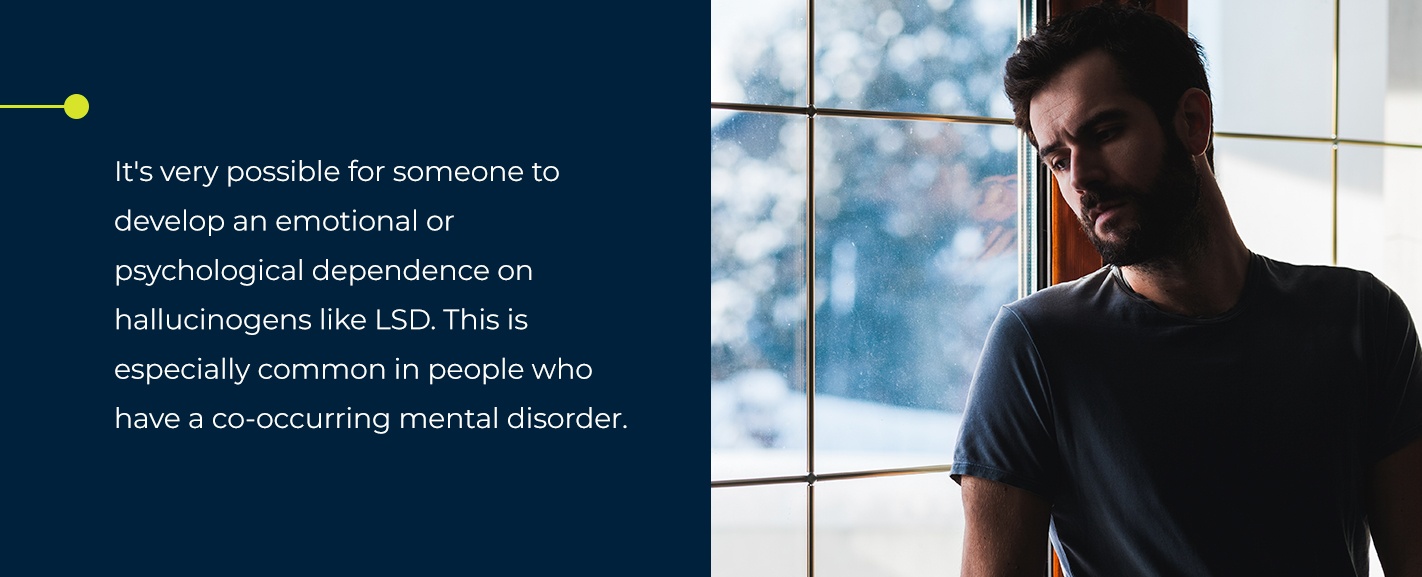
Other types of hallucinogens such as PCP and ketamine can be highly physically addictive and produce common symptoms of addiction such as headaches, drug cravings and severe sweating upon cessation of the drug. Regardless of the category, one of the long-term effects of hallucinogens is addiction.
How Is a Hallucinogen Addiction Treated?
Like other types of addiction, addiction to hallucinogens can be treated at multiple levels of care. Depending on the severity of the addiction and the presence of other issues such as mental illness or abuse of multiple drugs, a person can receive effective treatment in these formats.
1. Residential Treatment
Residential drug rehab centers are an effective option for people who are struggling with a dual diagnosis or abusing multiple substances at the same time. The structured and supportive environment eliminates the opportunity to relapse and provides the most rigorous level of treatment.
2. Partial Hospitalization
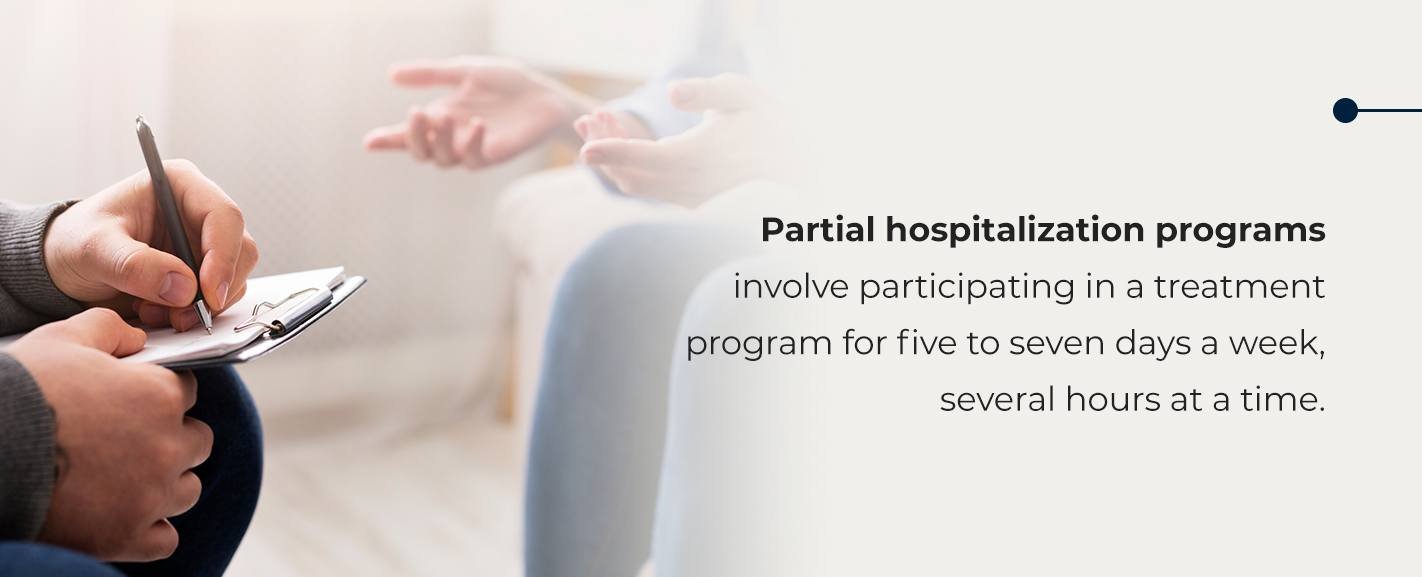
3. Outpatient Treatment
For people who have been abusing hallucinogens only and have not developed severe drug-seeking symptoms, outpatient treatment can be highly effective. These programs offer many of the same treatment methods available in residential and partial hospitalization programs on a flexible part-time basis. They are ideal for people who need addiction treatment but can’t give up responsibilities like work, school or childcare.
4. Therapy and Support
For any addiction treatment program to be successful, it must include robust offerings of therapy and support groups. To overcome addiction and begin on the path to a successful recovery, individuals have to get to the root of underlying issues that contributed to the development of their substance abuse problems.
Each individual may benefit from therapy differently. Those who have trouble identifying and processing their emotions can benefit greatly from dialectical behavioral therapy (DBT). People whose addiction arose as a result of a traumatic event or traumatic circumstances can benefit from trauma-informed therapy.
Processing one’s addiction and recovery in groups is essential for helping people realize they are not alone. Interacting with peers who understand the issues at hand is beneficial in building a support network for treatment and beyond. A good addiction treatment program will also offer family therapy to help inform and support the family system in recovery. Having multiple clinical services is a hallmark of an effective treatment program.
 Choose Gateway Foundation for Hallucinogen Addiction Treatment
Choose Gateway Foundation for Hallucinogen Addiction Treatment
Although hallucinogen addiction is relatively rare, it can be just as devastating as addiction to other substances — especially if the substance being abused is a dissociative or a deliriant. Gateway Foundation understands the importance of using evidence-based treatment to combat all addictions, and we offer a wide variety of therapy options for those who are struggling with hallucinogen and other addictions.
If you or someone you care about is abusing hallucinogens, Gateway Foundation can help. Our team of experts is ready to create a personalized addiction treatment plan that addresses the unique needs and circumstances of each individual. Reaching out for help can feel frightening, but the long-term effects of hallucinogens make it imperative to seek treatment as soon as possible. To learn more about the programs and services available at Gateway Foundation, call us at 877.505.4673 or contact us online. Our knowledgeable and compassionate representatives are ready to answer your questions and get you or your loved one started on the path to recovery from hallucinogen addiction.

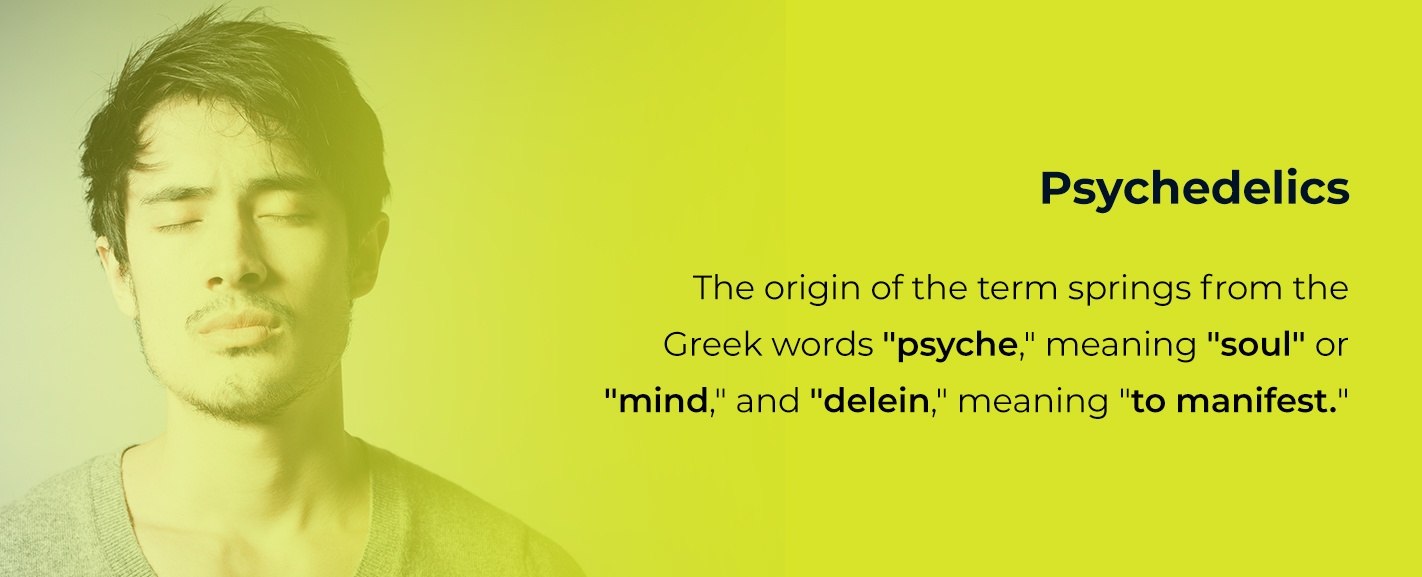 1. Psychedelics
1. Psychedelics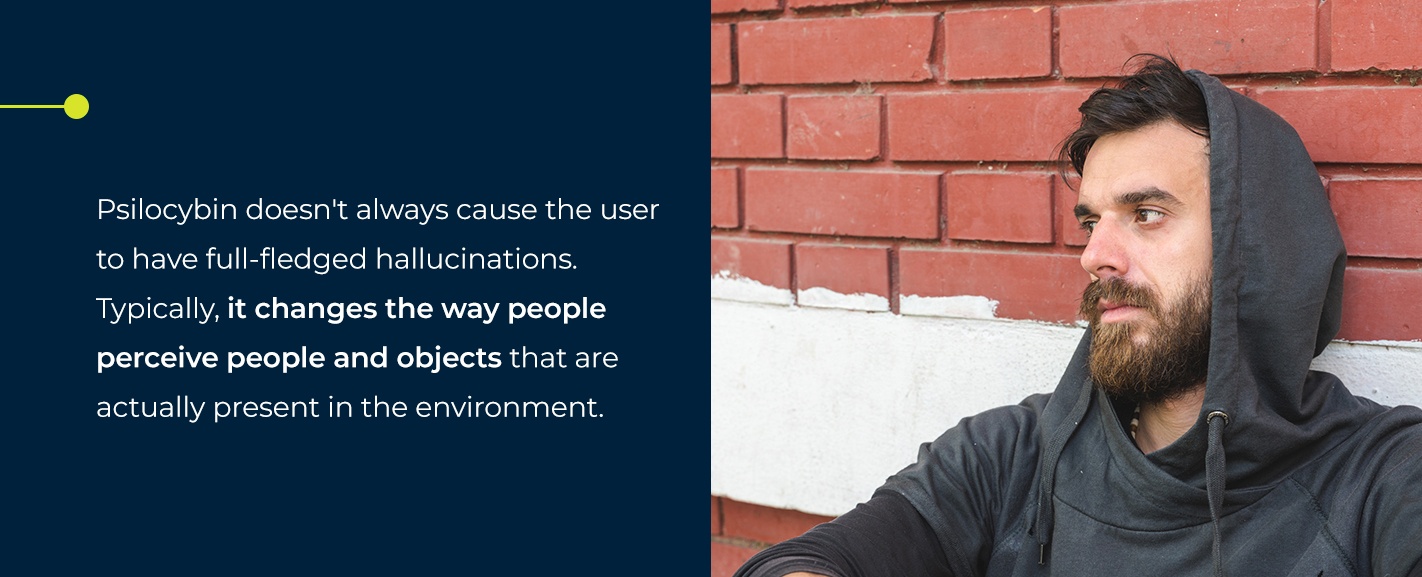 2. Psilocybin
2. Psilocybin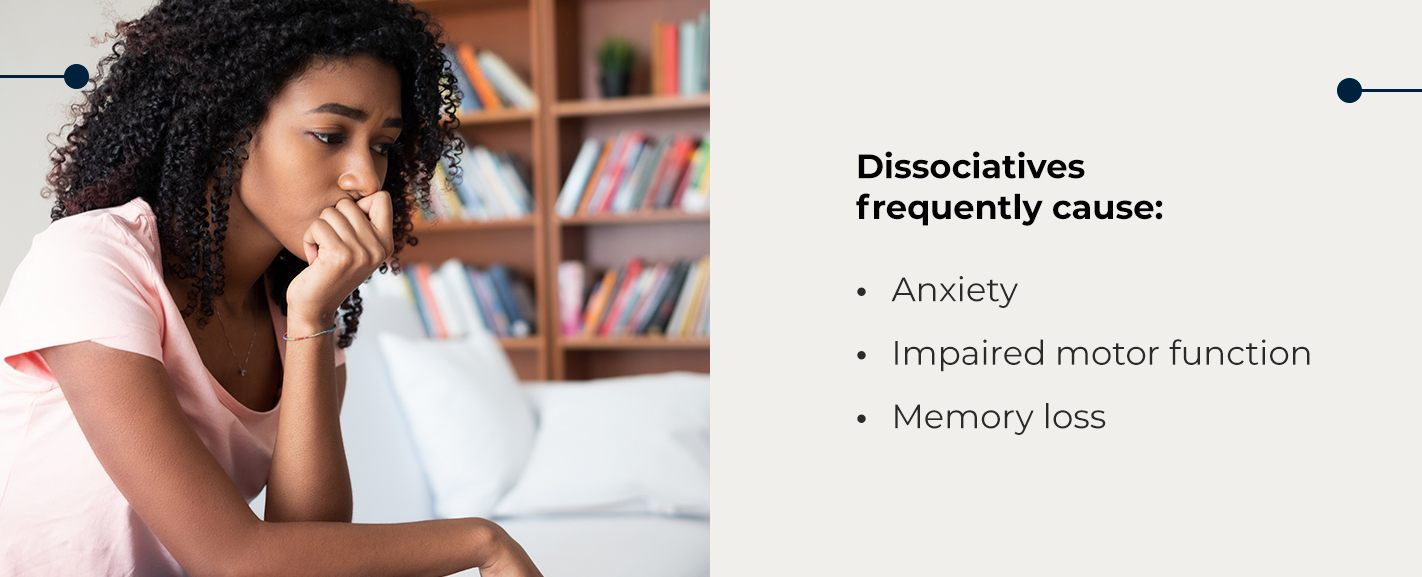 2. Dissociatives
2. Dissociatives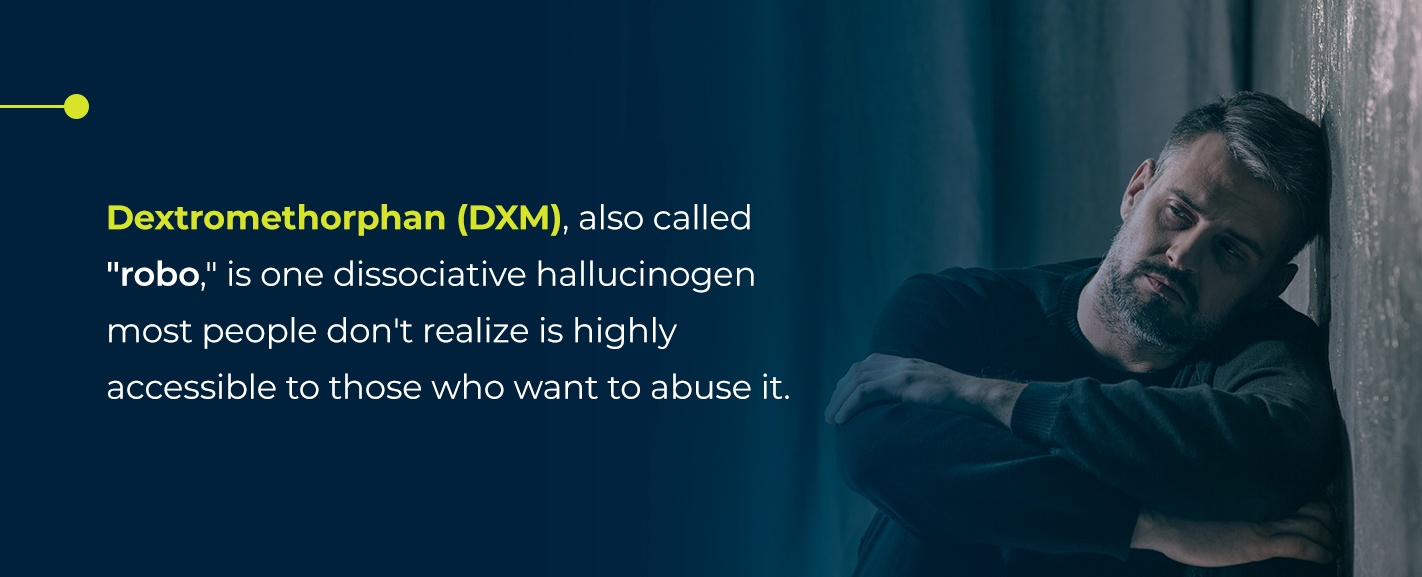 DXM
DXM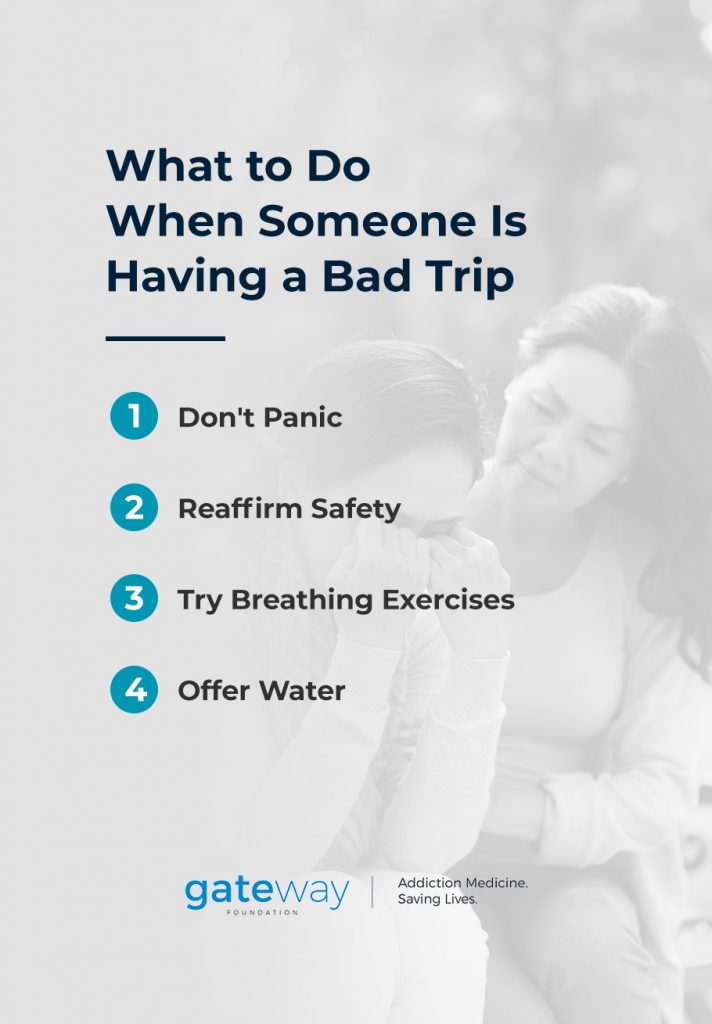
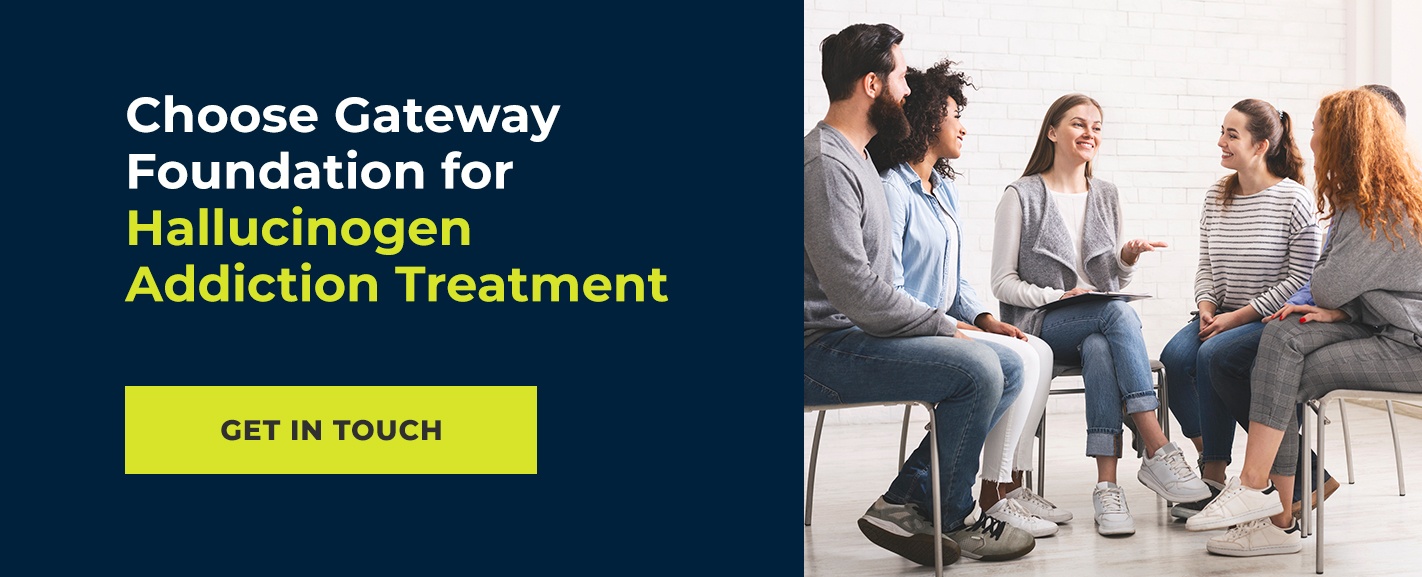 Choose Gateway Foundation for Hallucinogen Addiction Treatment
Choose Gateway Foundation for Hallucinogen Addiction Treatment
